Sleep: the sacred reset button for our minds and bodies. Yet, millions around the globe wrestle with restless nights, tossing and turning under the heavy cloak of insomnia or poor sleep quality. In our tech-driven era, the question looms large — can technology truly help us sleep better? Or is it just another digital distraction sabotaging our shut-eye?
This exploration dives deep into the intersection of sleep science and technology, peeling back the layers on wearable devices, smart environments, apps, and emerging innovations designed to improve sleep. We’ll examine the evidence, debunk myths, and highlight how, when used wisely, technology can become a powerful ally in our quest for restorative sleep.
The Sleep Crisis: Why Better Sleep Matters
Before we assess technology’s role, understanding the problem is essential.
- Modern Sleep Deficits: According to the CDC, about one-third of American adults don’t get enough sleep. Globally, sleep disorders and insufficient sleep impact health, productivity, and quality of life.
- Health Consequences: Chronic poor sleep is linked to cardiovascular disease, diabetes, weakened immunity, obesity, mood disorders, and cognitive decline.
- Economic Costs: Lost productivity and increased healthcare spending due to sleep problems amount to billions annually.
So, sleep is critical — but elusive for many. The good news? Advances in technology are stepping up to the challenge.
The Science of Sleep: A Primer
Sleep isn’t just “off time” — it’s a complex, active process involving multiple stages:
- NREM Sleep: Non-rapid eye movement sleep, comprising light to deep restorative phases.
- REM Sleep: Rapid eye movement sleep, when dreaming occurs, crucial for memory consolidation and emotional processing.
- Circadian Rhythms: The internal biological clock regulating sleep-wake cycles in roughly 24-hour periods.
- Sleep Architecture: The cyclical pattern of these stages that shapes quality sleep.
Disruptions in any of these areas can lead to sleep issues, which tech aims to monitor and improve.
Technology’s Promise: Tracking Sleep
1. Wearable Devices: The Sleep Monitors on Your Wrist
Wearables like Fitbit, Oura Ring, Apple Watch, and Whoop have skyrocketed in popularity. They track metrics such as:
- Heart rate variability (HRV)
- Movement and restlessness
- Blood oxygen levels (SpO2)
- Sleep stages estimation via accelerometers and sensors
Pros:
- Easy, non-invasive, continuous data collection
- Personalized insights over time
- Motivation to improve habits

Cons:
- Accuracy limitations vs. clinical polysomnography (gold standard)
- Data overload and anxiety (orthosomnia)
- Interpretation requires nuance
Evidence: Studies show moderate correlation between wearables and clinical measures, making them useful for general sleep pattern insights but not clinical diagnosis.
2. Smartphone Apps: Sleep Journals and Soundscapes
Apps fall into various categories:
- Sleep Trackers: Utilize microphones and accelerometers to infer sleep stages.
- Sleep Sounds & Meditations: Offer white noise, binaural beats, and guided relaxation.
- Sleep Coaching: Provide personalized tips based on user data.
Popular apps include Sleep Cycle, Calm, Headspace, and Pzizz.
Strengths:
- Accessibility and convenience
- Habit-building through reminders and routines
- Psychological support via mindfulness
Limitations:
- Varying data reliability
- Potential screen light interference before bed
- Over-dependence risks
3. Smart Environments: Bedrooms That Respond to You
Technology has gone beyond wearables to transform bedrooms:
- Smart Mattresses & Pillows: Adjust firmness and temperature dynamically.
- Lighting Systems: Circadian-friendly light bulbs that mimic natural dawn and dusk.
- Climate Control: Smart thermostats optimizing room temperature for sleep.
- Noise Machines: Adaptive soundscapes reacting to ambient noise.
Brands like Eight Sleep and Casper are pioneers here.
Why it matters: Temperature and light strongly influence circadian rhythms and sleep onset. Smart environments reduce disturbances and create optimal conditions.
The Dark Side: When Technology Backfires
While promising, tech is a double-edged sword:
- Blue Light Exposure: Screens emit blue light that suppresses melatonin, delaying sleepiness.
- Information Overload: Constant monitoring can provoke anxiety or obsession.
- False Security: Devices may offer a false sense of control or overlook underlying disorders.
- Privacy Concerns: Sensitive biometric data risks if not securely managed.

Balancing technology use with mindful habits is key.
Emerging Innovations: The Future of Sleep Tech
The cutting edge includes:
- AI-Driven Sleep Analysis: Machine learning models interpreting complex patterns for personalized interventions.
- Non-Invasive Brain Stimulation: Devices stimulating slow-wave sleep to boost deep rest.
- Smart Wearables with Biofeedback: Encouraging relaxation through heart rate modulation.
- Sleep Disorder Diagnostics: Advanced portable polysomnography-like devices enabling home diagnosis of apnea, restless leg syndrome, etc.
These developments hint at a future where tech doesn’t just monitor but actively enhances sleep.
Expert Insights: What Sleep Specialists Say
Sleep medicine experts generally agree:
- Technology can aid awareness and improve lifestyle choices.
- Devices are supplementary, not replacements for medical advice.
- Behavioral changes remain foundational — consistent sleep schedules, limiting caffeine, stress management.
- Technology best serves when integrated into a holistic approach.
Practical Tips: Using Technology to Sleep Smarter
- Choose Devices Wisely: Prioritize validated, reputable brands.
- Limit Screen Time: Use blue light filters and avoid devices at least 30 minutes before bed.
- Leverage Data, Don’t Obsess: Look for trends, not perfect nightly scores.
- Create a Smart Sleep Sanctuary: Invest in light, temperature, and noise control.
- Use Relaxation Apps: Incorporate meditation or breathing exercises.
- Consult Professionals: If persistent problems arise, seek medical evaluation.
Case Studies: Real-Life Sleep Tech Transformations
- Anna’s Journey: From chronic insomnia to restful nights with a combination of a smart mattress and meditation app.
- Mark’s Metrics: Tracking his sleep with a wearable led to lifestyle tweaks that improved his energy and mood.
- The Corporate Sleep Program: How an employer used sleep tech to boost workforce health and productivity.
Conclusion: Can Technology Really Help Us Sleep Better?
The answer is a nuanced yes. Technology, when thoughtfully integrated and used with awareness, offers remarkable tools for understanding, tracking, and improving sleep. It enables us to personalize sleep strategies and optimize environments like never before.
However, technology isn’t a magic bullet. It cannot replace foundational sleep hygiene or clinical care for serious disorders. Instead, it should be embraced as a powerful complement in the multifaceted journey toward better sleep health.
Ultimately, the best sleep tech is the one that empowers you — not just to count hours but to reclaim the rejuvenating, restorative power of true rest.





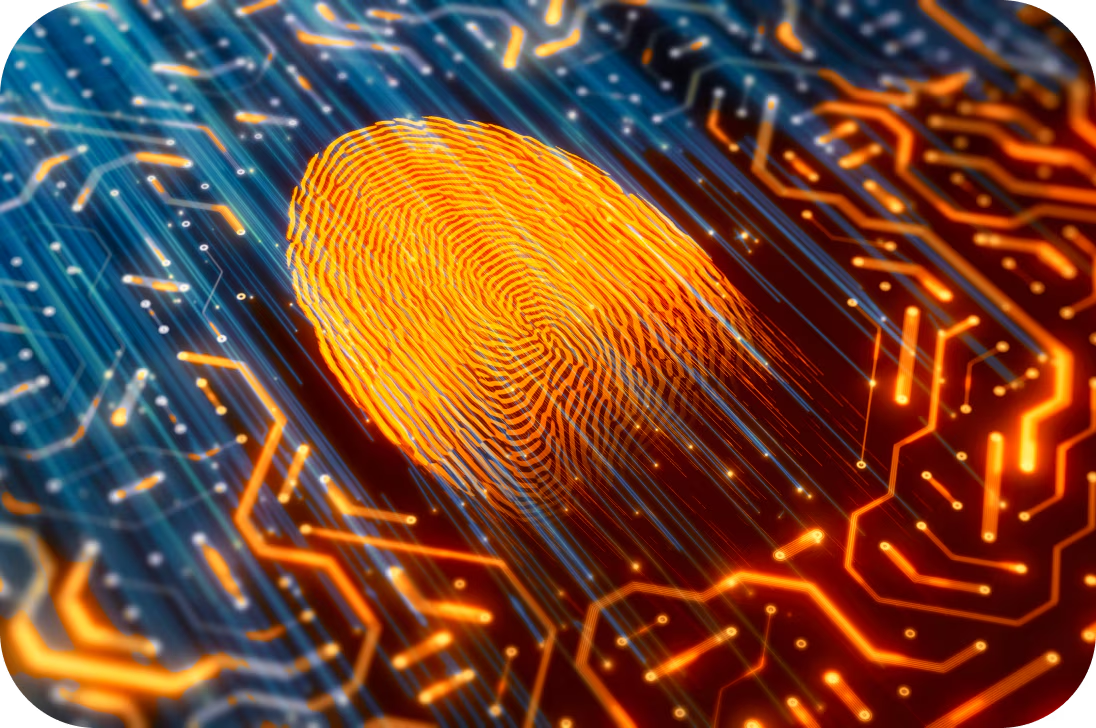




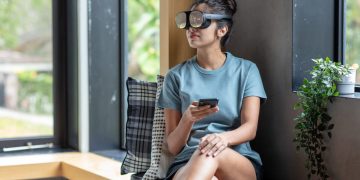

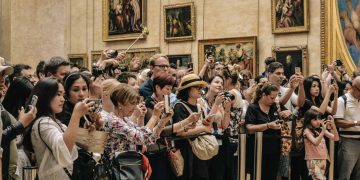




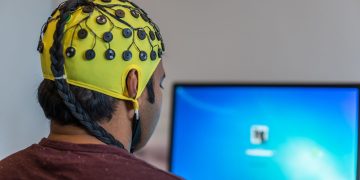

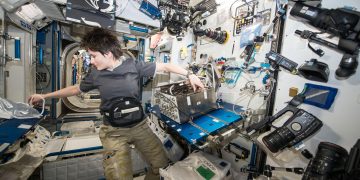

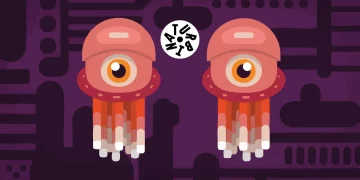



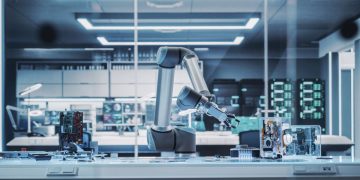
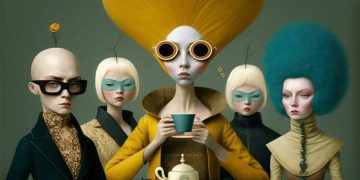
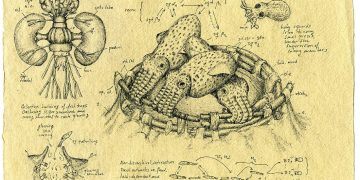
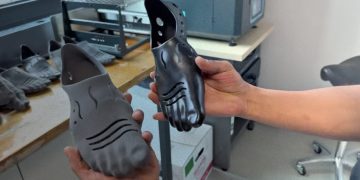
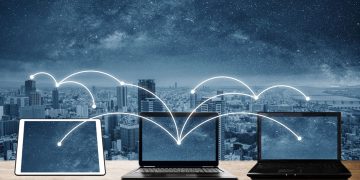
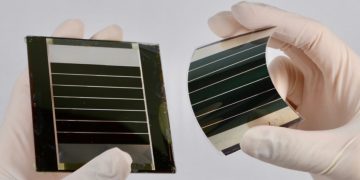
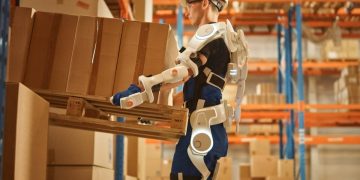
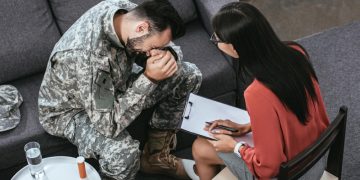
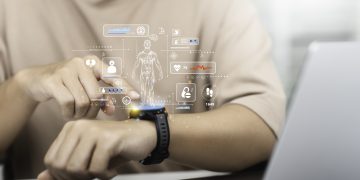
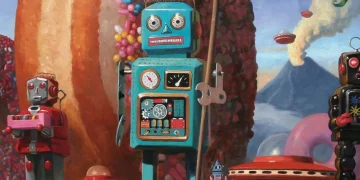

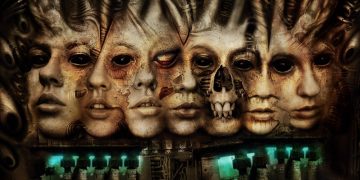













Discussion about this post